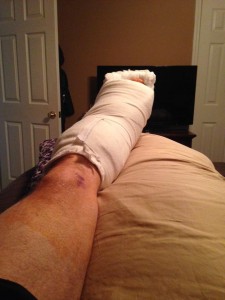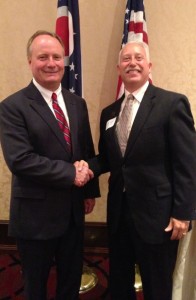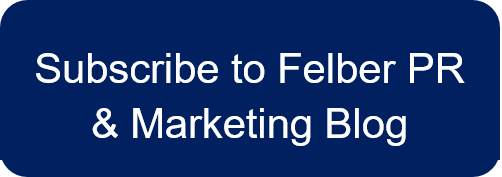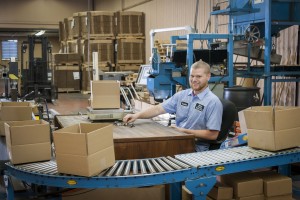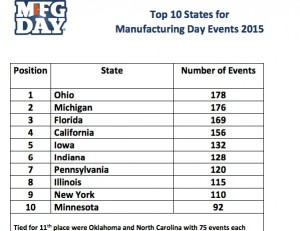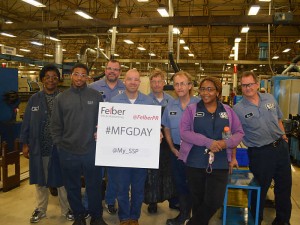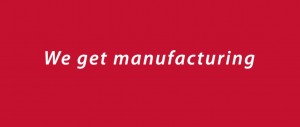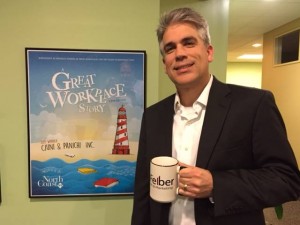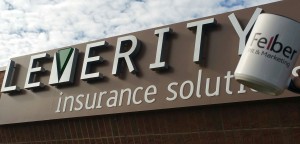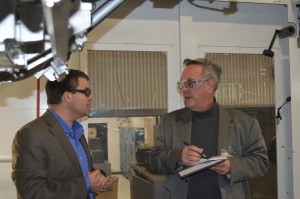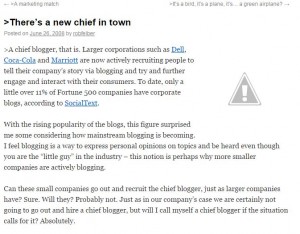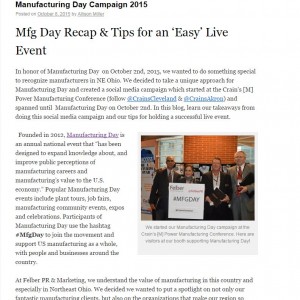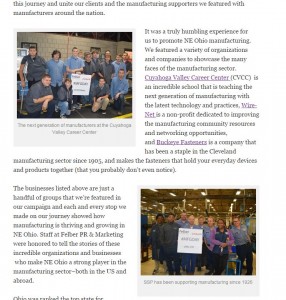Business Owner Interruption and Staying Out of the Quicksand
One of my favorite movies is The Replacements with Keanu Reeves. The story line is about a bunch of football players brought in by the owners to fill in for the striking spoiled professional players. There’s a scene where coach (Gene Hackman) is trying to talk about player fears. After a digression about spiders and bees, Shane Falco (Keanu Reeves), the team’s quarterback mentions his fear of quicksand. The whole team turns to listen to their leader. What he is referring to is that while you are playing football and think all is well, one mistake can have a spiraling effect where it becomes another mishap after another. Before you know it you are up to your neck in quicksand.
As a business owner, you are depended upon by many people. Clients and employees, as well as vendors, your family and maybe even your community. In a small or medium sized business, there may not be many layers in your organization. You might be the rain maker, accountant, deliverer of services and even the janitor. You have shed the shackles of large corporate life, with the layers of support staff for the thrill of building something of your own. One day (or for me an evening) your find yourself in quicksand.
My quicksand adventure and what I am calling business owner interruption came 20 minutes into my men’s league evening soccer game. It wasn’t a heroic play, or even a foul by me or the attacker. I simply made a stick tackle and caught turf and my opponent’s foot. A quick turn and I hear the unmistakable sound of celery being snapped. That was it. Broken and torn up ankle with fractures in my leg in two places. As I lay on the field, with my left foot headed south, I realized that I was immediately dependent. Dependent on my teammates, the paramedics (as a certified paramedic myself, I assisted with own splinting and refused an IV and pain meds) and my family and neighbor to retrieve my car. Once in the ER, I saw no less than 12 people in and out of my room. That’s when I knew it was bad. I now lay on the ER bed helpless, accept for my smartphone. Who needed to know? Company staff, my business partner at one of my companies, my fire department chief to cancel my shifts, my colleagues and administration at the school board, my assistant coaches in softball and the list goes on. QUICKSAND! The impact of what I had done started to fill the room with sand, buckets of the stuff.
Fortunately through the injury, two reductions in the ER and ultimately surgery, I remained pain free. What transpired next is pure business interruption. Most of my ability to prospect in person for new business, attending networking events and volunteer committees went out the window. My “fear” of keeping business flowing and the ability to pay bills was more coarse sand in the back of my throat. For nearly three weeks I was dependent on people to drive me. I had to plan each move, from handing out diplomas at high school graduation as school board president, with the administration’s fear I might trip students with my cast, to simply getting downstairs, out the door and into my office. The lessons learned were many.
First, I had to understand people truly wanted to help. Harder, for a type-A CEO is to actually ask for help. Learn to ask. Whether it is being picked up for work, carrying your computer or simply getting you food. Crutches were my equalizer as I could not carry anything not already on my back. One of my clients and a wise man told me that people want to help. It’s our privilege to allow them to help us. Let people help you.
Second, be ready for the down days. You thrive by being involved, being everyone’s go-to person. When that is gone, as I found out, you can easily get depressed. For me, the endorphins from running or being active were gone. I truly believe that chemical need impacts your mood. Add in feeling like you are letting everyone down and not being with any of the teams you love make it even darker. I saw the same thing with a child we had to remove from contact sports due to concussions, but did not understand how feeling left out really impacts the psyche. Get up and take back control of something, anything. Whether getting dressed without help or finding a way to go to an offsite meeting, it will boost your spirits.
Third, can I prepare for this better? Having computer and server access helps. What files and procedures can be in the cloud? Who can you train to maintain critical operations? While I was the only one to pay bills, I was able to let my assistant take a greater role in client communications. Make sure you know how to allow access via passwords, where important files are located both physically and on computers. Role play today what you would do it you could not get to the office for a week or more.
Lastly, know that clients will understand. You’ve spent years building trust and proving your dependability. They will understand that meetings might be delayed and accommodations for alternative communications might be needed. Do not be afraid to tell them your condition. You’ll be pleasantly surprised by their support. While I still have a long road of physical therapy ahead, I now have a better handle on some of the critical tasks in my organization.
Subscribe to Our Newsletter

